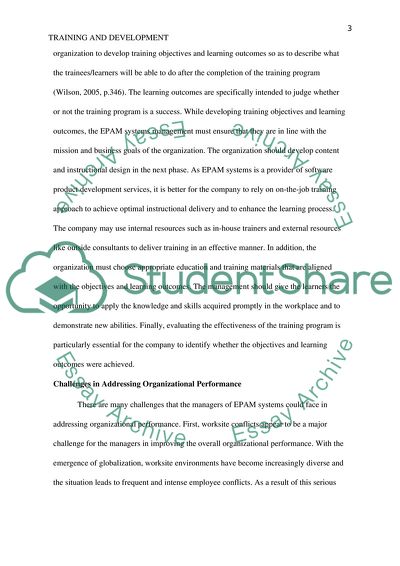Cite this document
(Training and Development in Small Businesses Term Paper, n.d.)
Training and Development in Small Businesses Term Paper. Retrieved from https://studentshare.org/human-resources/1857066-training-and-development-in-small-businesses
Training and Development in Small Businesses Term Paper. Retrieved from https://studentshare.org/human-resources/1857066-training-and-development-in-small-businesses
(Training and Development in Small Businesses Term Paper)
Training and Development in Small Businesses Term Paper. https://studentshare.org/human-resources/1857066-training-and-development-in-small-businesses.
Training and Development in Small Businesses Term Paper. https://studentshare.org/human-resources/1857066-training-and-development-in-small-businesses.
“Training and Development in Small Businesses Term Paper”, n.d. https://studentshare.org/human-resources/1857066-training-and-development-in-small-businesses.


